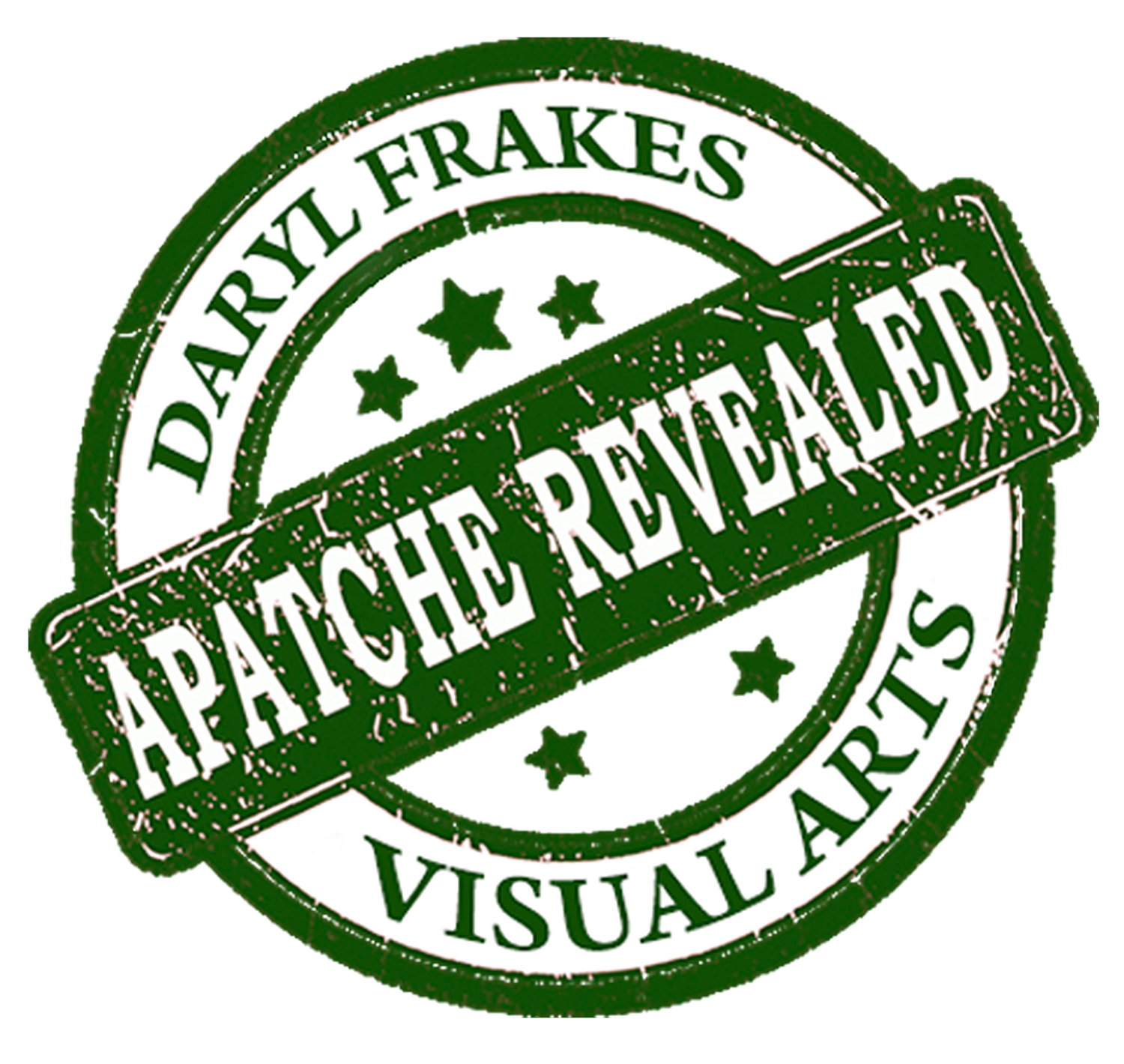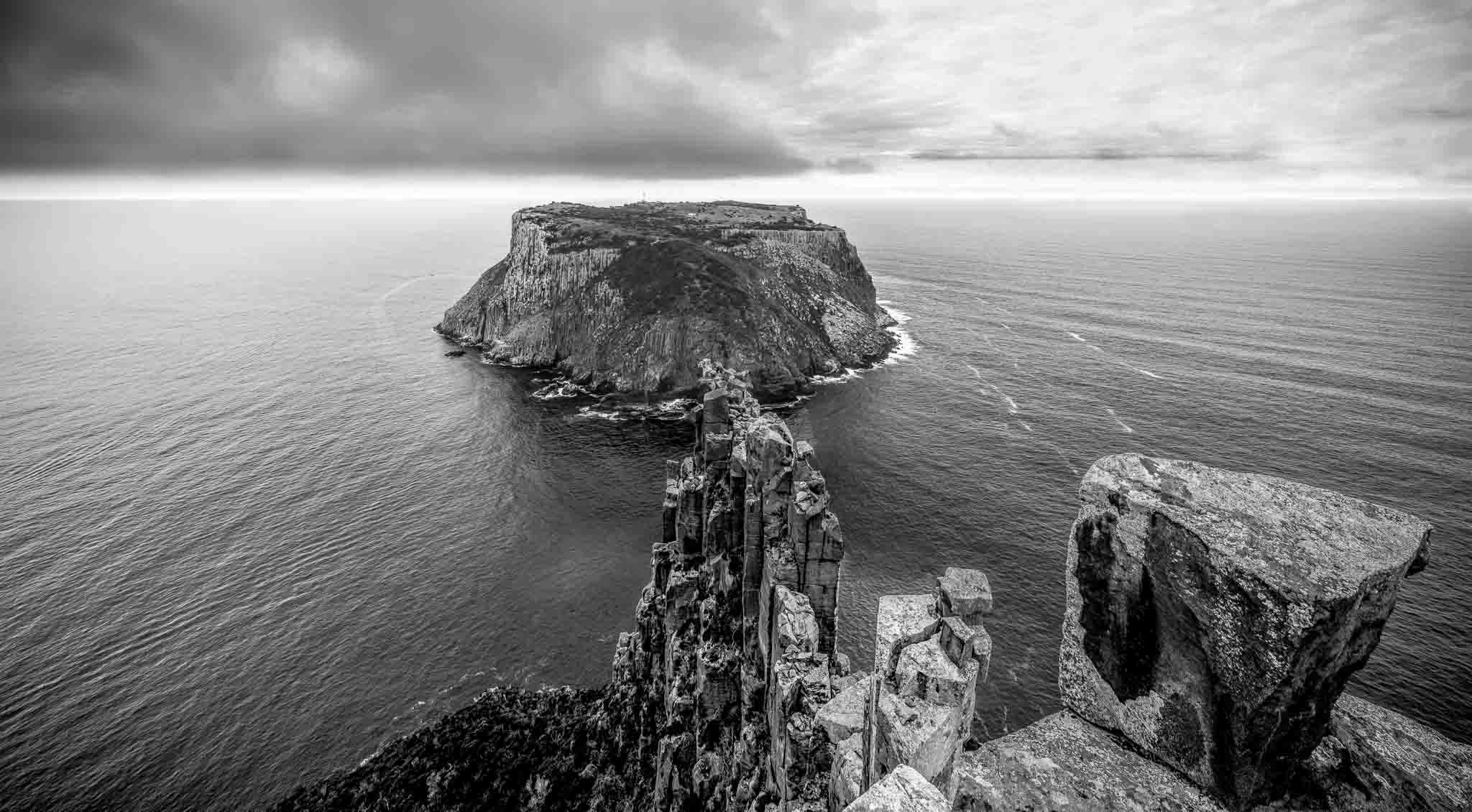Todays YouTube lightroom tutorial video is about black and white editing. The key to getting the best out of it is to use the Raw format rather than JPEG. The extra bit depth means they contain far more information for Lightroom to use. The end result is that you have more options and get smoother conversions.
There are two ways to convert an image to black and white in Lightroom:
- Set Treatment to Black & White in the Basic panel
- Go the B&W tab in the Color/HSL/B&W panel
Let’s take a look at each of these in turn.
Set Treatment to B&W in Basic panel
A good way to start is with a colour image that has already been processed. Before you start, set Saturation and Vibrance to zero, and adjust the White Balance sliders to give a neutral colour balance (the Auto setting works well most of the time).
The next step is to refine the conversion using the Tone sliders. These are the most useful ones, working in order from top to bottom:
Exposure – sets the overall brightness of the image. Adjust this first. If you started with a processed colour image, you may not have to.
Contrast – sets the overall contrast. Most black and white images benefit from higher contrast than you would use for colour processing. Set Contrast second.
Shadows – adjusts the darkest tones in the photo independently of the others. Use this to make the shadows lighter or darker.
Highlights – adjusts the lightest tones independently of the others. Use it to make the highlights lighter or darker.
With my photo I increased Contrast, moved the Highlights slider left to make the sea darker, revealing texture, and the Shadows slider left to darken the shadows and add drama. Here’s what it looks like so far. Use the \ to see review original
There are three other sliders you may find useful:
Clarity – increases mid-tone contrast, emphasizing sharpness and texture. A side effect is that the image often becomes a little darker when you increase Clarity, so you may need to return to the Exposure or Shadows sliders to lighten the photo.
White Balance – after you have used the other sliders, you can go to the Temp or Tint sliders and move them to see the effect they have on your conversion. These sliders change the colour balance in the original photo, which in turn alters the tones in the image. Experiment with these to see if they improve the tones in your image.
Activate the B&W tab in the HSL/Color/B&W panel The second option for converting photos to black and white in Lightroom is to go straight to the B&W tab in the HSL/Color/B&W panel.
Again, it is a good idea to start with a processed colour photo with a neutral colour balance.
The eight sliders under this tab let you make the tones corresponding to the colours in the original photo lighter or darker.
For example, if you move the Blue slider left Lightroom makes any grey tones converted from blue darker. Move it right and it makes them lighter. The most obvious use of this slider is for making blue skies go dark and dramatic in black and white.
The other coloured sliders work the same way. Alternatively you can use the Targeted Adjustment Tool. To do so, click on the Targeted Adjustment Tool icon and move the mouse over the grey tone you wish to adjust in the image. The Targeted Adjustment Tool icon and a cross-hair appear. Hold the left mouse button down and pull the mouse down to make the tones underneath the cross-hair darker, or up to make them lighter. Lightroom analyses the colours under the cross-hair and moves the appropriate colour sliders accordingly
Be careful not to move the colour sliders too far or you will introduce unwanted artifacts and halos into the image. The point at which this happens depends very much on the content of your photo. The best approach is to get in the habit of zooming to 100% and checking to make sure that there are no halos around edges, and that the transitions are smooth in the affected colours.
After you have finished in the B&W tab you can go to the Basic panel and make further adjustments with the sliders as explained above. Of course, if you elected to go to the Basic panel first, you can then go to the B&W tab to make changes there. In reality you may find yourself switching between the two panels as you refine the image.
How do you know which panel to go to first? That depends on the image. If it’s a photo with strong colour, then the B&W tab will probably be the most useful. But if the colours are not so strong, then the Basic panel may be better. It’s a judgement call that becomes easier with experience.
Did you like this article? Want to continuing to improve your skills, learn tips and tricks while getting rewarded and find out who A'Dryl is, You can on my Patreon.
Every like, Comment and Sale helps this Artist continue his passion in what he loves.






BUY NOW